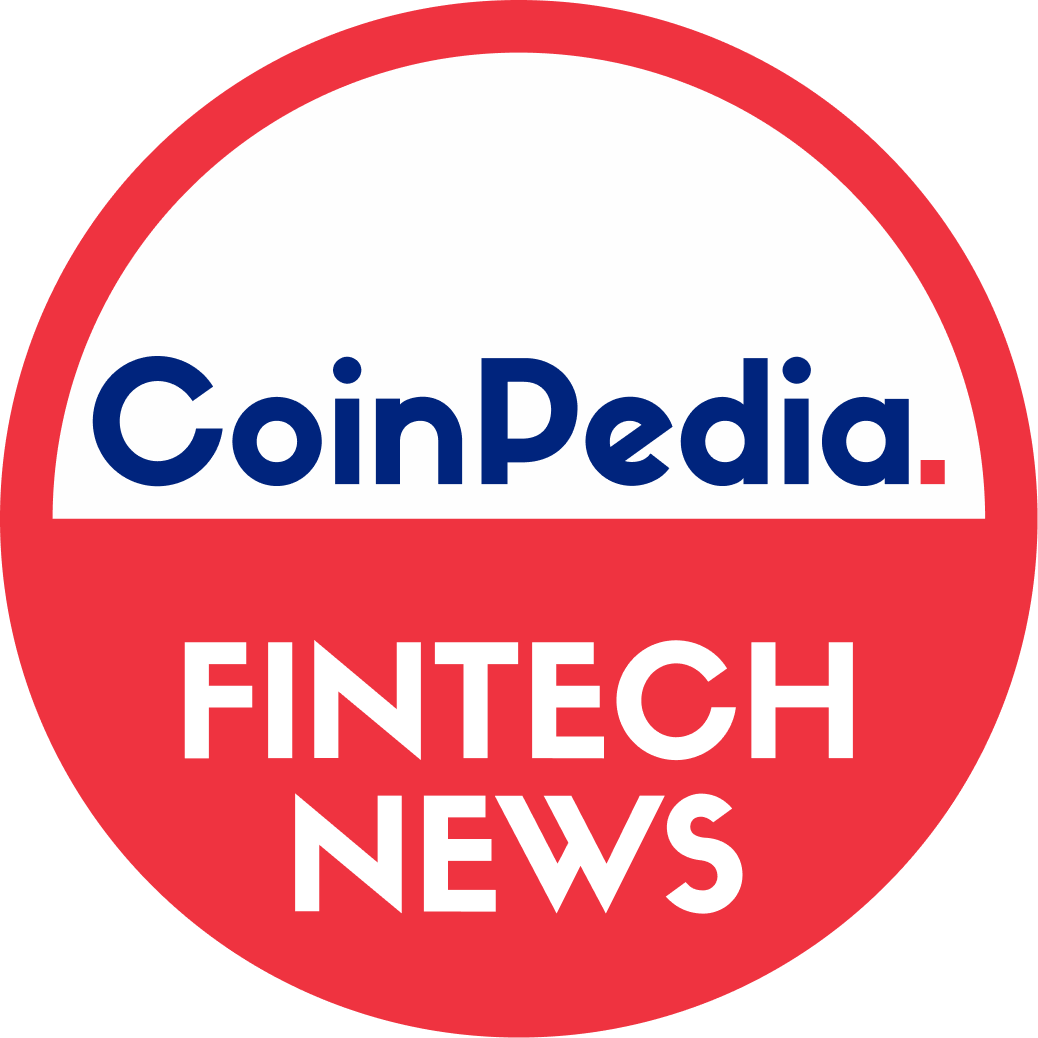Ripple refers to two distinct things: RippleNet, the payment network, and Ripple (XRP) the cryptocurrency. Both of these were designed by Ripple Labs. Ripple Labs owns 60% of all 100 billion XRP, meaning that the cryptocurrency is more centralized than Bitcoin (BTC) and Ethereum (ETH). The payment protocol facilitates near instantaneous fund transfers for large financial institutions.
Background
In 2012, Chris Larsen and Jed McCaleb founded Ripple Labs under the name Opencoin. Earlier in his career, McCaleb created eDonkey, one of the largest file-sharing networks of the early 2000s.
In 2013, Opencoin became Ripple Labs, which they shortened the name in 2015. Between 2013 and 2015, the company closed five rounds of funding: two rounds of angel funding, one round of seed funding, one Series A round and one Series B. Ripple (XRP), the currency, dates back to 2013.
Brad Garlinghouse is the current CEO. The CTO is David Schwartz. Garlinghouse was CEO of a file collaboration service called Hightail. Schwartz is one of the original consensus network architects and a well-known cryptocurrency developer.
In 2016, XRP obtained a virtual currency license from the New York State Department of Financial Services. They also ended and an XRP legal battle with R3 in 2018. The lawsuit regarded whether they owed R3 a certain amount of cryptocurrency.
Features
Investors and institutions use XRP primarily for its low commission currency exchange and low transaction fees. RippleNet provides investors a way to convert fiat to fiat, which is cryptocurrency slang for government-backed currency. Ripple replaces USD as a mediator with a $0.00001 transaction commission.
Additionally, the average transaction takes 4 seconds. Bitcoin transactions, on average, take over an hour, and central banks take days to transfer funds.
This payment ecosystem also makes it possible for users to issue their own goods-specific tokens to facilitate trading between owners of specific assets.
Protocol
Ripple (XRP) does not use a Proof-of-Work or Proof-of-Consensus protocol, which is how the Bitcoin and other blockchain cryptocurrencies reach consensus. Instead, it uses a consensus protocol designed by Ryan Fugger in 2004. This predates Satoshi Nakamoto‘s whitepaper.
This technology is called the Ripple Protocol Consensus Algorithm (RCPA). This algorithm solves the “double-spend” problem without using a more labor-intensive mechanism like Proof-of-Work. Instead, XRP’s distributed ledger uses a distributed agreement protocol. This protocol determines which transactions a node in the network see first. As long as there’s a super-majority of agreement on that and no way to cancel the agreement, there is consensus on which transaction is valid and which isn’t. In short, the one the network agrees comes first is valid. The other isn’t.
As a consequence, each block of the XRP ledger is determined by a consensus of participants. That makes the exchange decentralized. And it also makes it possible for users to list arbitrary assets, not just fiat and crypto but anything from gold to collectible action figures to vintage guitars.
Instead of cryptocurrency mining, Ripple created 100 billion XRP at the beginning. The network cannot create more XRP. Today, Ripple Labs owns 60% of all the network’s cryptocurrency. However, anyone can buy Ripple (XRP) on a cryptocurrency exchange (see our guide on How to Buy Ripple).
Affiliates
The majority of RippleNet users are large financial institutions. Banks use this crypto to transact real money and avoid commissions on fiat transactions. However, few major institutions are using the XRP token. As a result, most day-to-day transactions on the platform are asset trades.
The network facilitates payments across 27 countries and has over 100 corporate customers. Some of their most notable affiliates include:
- American Express
- Canadian Imperial Bank of Commerce (CIBC)
- Deloitte
- Santander
- Bank of England
- Western Union
References
Credit: Source link


 Bitcoin
Bitcoin  Ethereum
Ethereum  Tether
Tether  XRP
XRP  USDC
USDC  TRON
TRON  Lido Staked Ether
Lido Staked Ether  Dogecoin
Dogecoin  Figure Heloc
Figure Heloc  Cardano
Cardano  WhiteBIT Coin
WhiteBIT Coin  Wrapped stETH
Wrapped stETH  Wrapped Bitcoin
Wrapped Bitcoin  Bitcoin Cash
Bitcoin Cash  USDS
USDS  Binance Bridged USDT (BNB Smart Chain)
Binance Bridged USDT (BNB Smart Chain)  Chainlink
Chainlink  Wrapped eETH
Wrapped eETH  LEO Token
LEO Token  WETH
WETH  Monero
Monero  Hyperliquid
Hyperliquid  Stellar
Stellar  Zcash
Zcash  Ethena USDe
Ethena USDe  Coinbase Wrapped BTC
Coinbase Wrapped BTC  Litecoin
Litecoin  Sui
Sui  Avalanche
Avalanche  Hedera
Hedera  USDT0
USDT0  sUSDS
sUSDS  Shiba Inu
Shiba Inu  Dai
Dai  Mantle
Mantle  PayPal USD
PayPal USD  Toncoin
Toncoin  World Liberty Financial
World Liberty Financial  Cronos
Cronos  Ethena Staked USDe
Ethena Staked USDe  Uniswap
Uniswap  Polkadot
Polkadot  MemeCore
MemeCore  Aave
Aave  USD1
USD1  Rain
Rain  Bittensor
Bittensor  Canton
Canton